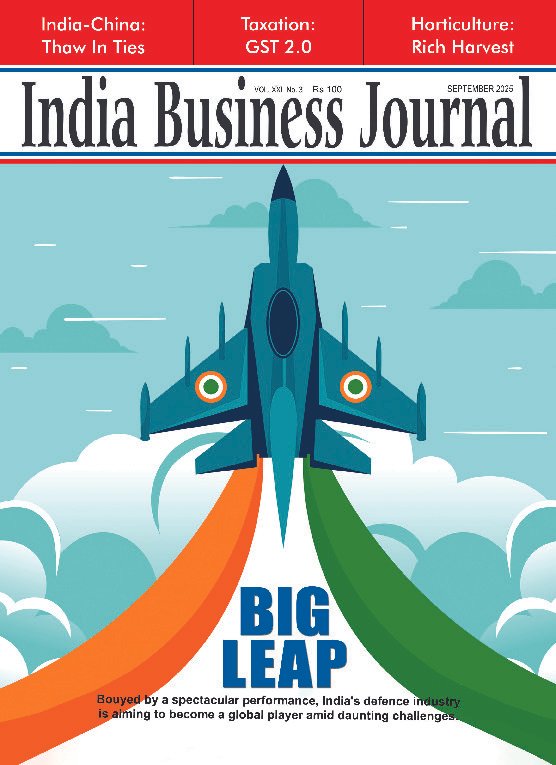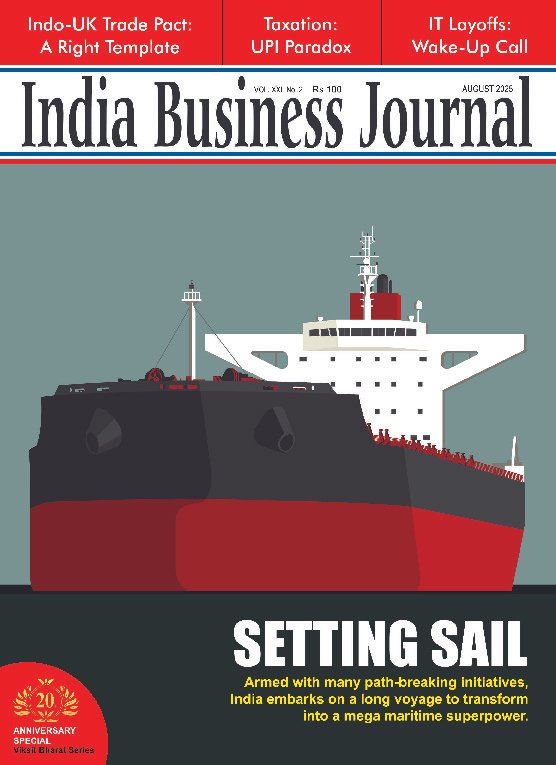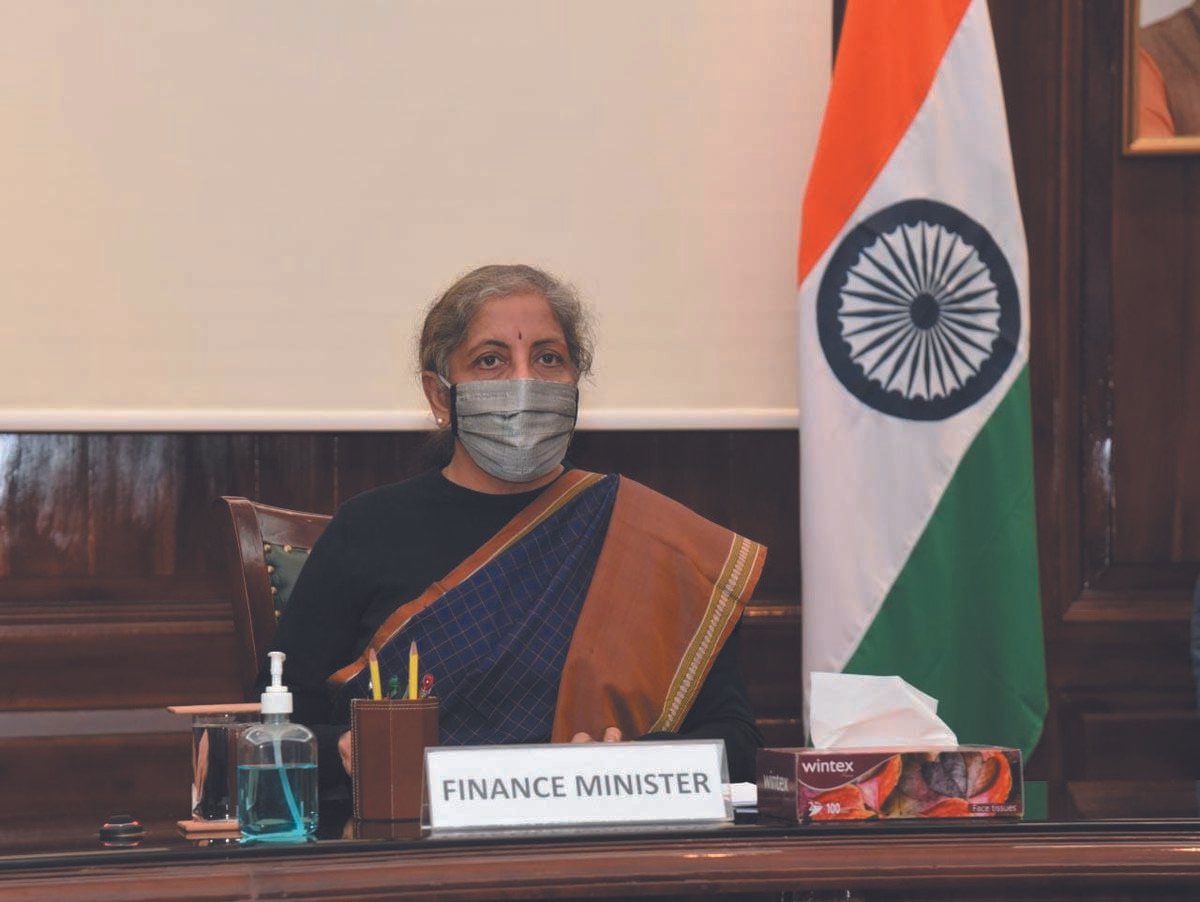ECONOMY
Time To Downgrade Rating Agencies, Steeped In Bias & Conflict Of Interest
- IBJ Bureau
- Dec 31, 2023

It is a confounding paradox of the modern world. Global credit rating agencies had lost their credibility a long time ago. Yet they continue to hold sway and companies and sovereign countries seek credit ratings from them to be relevant in the global financial market.
Despite flaws in design and interpretation of data, credit ratings are an integral component of the global financial market. Billions of dollars move across geographies at the click of a button, and the conclusions of the Big Three – S&P Global Ratings, Moody’s Investors Service and Fitch Ratings – and other global agencies do matter many a time.
Unfortunately, there is enough evidence today about a lack of credibility of these rating agencies. The process of assigning a credit rating is opaque, and the system of assigning a sovereign credit rating has become reductionist and over-simplistic. A troubling point is that the rating agencies are highly prejudiced against emerging market economies and favour the developed countries.
There is now credible academic evidence to prove the inherent bias among rating agencies against emerging market economies. A look back at the role of these agencies in the Asian currency crisis of 1999 clearly proves their biased functioning. These agencies were conspicuous among the many who failed to predict the crisis. Later on, they further aggravated the crisis by becoming excessively conservative. They downgraded East-Asian countries more than what would have been justified. This adversely affected supply of international capital to these countries.
Take the case of India, which has emerged as a major global economy and also the fastest-growing one in the world. But ratings assigned to the country’s credit are hardly reflective of the amazing changes unfolding across the Indian economy. It is hard to justify how the country does not deserve better than the Baa3 – the lowest possible investment grade rating – with a stable outlook given by Moody’s. This rating was assigned after the outbreak of the viral pandemic in early June 2020 with a negative outlook. The sovereign rating of Fitch has been retained at BBB, which is again just about investment grade.
No wonder, Chief Economic Adviser (CEA) of GoI V Anantha Nageswaran and his team are right in calling out the high degree of opaqueness in credit rating methodologies. The CEA’s office rightly points out that a lack of transparency in assessment methods of the agencies makes it challenging to quantify the impact of qualitative factors on credit ratings. According to the CEA, over half of the credit ratings are determined by the qualitative component. These metrics tend to be non-transparent, perception-based and derived from a small group of ‘experts’.
India’s general government debt, including those of both the Centre and the States, has declined from about 88 per cent of its GDP in 2020-21 to around 81 per cent in 2022-23. Moreover, the country’s foreign exchange reserves are at a record high. How then can the country’s debt pose a risk of default, especially when the debt levels of the US, the UK and China are pegged at 160, 140 and 200 per cent respectively?
In fact, rating agencies have been under a cloud since the global financial crisis of 2008. Their issuer-pays model (bond issuers pay rating agencies for the ratings) reeks of a clear case of conflict of interest. An investor-pays model based on subscription would perhaps be the first step in overhauling the world of rating agencies.
Meanwhile, India’s modest ratings have never stopped foreign investors from pouring in big money into both its debt and equity markets. So, India should be least worried until the raters are brought to account.





















Report By
View Reporter News